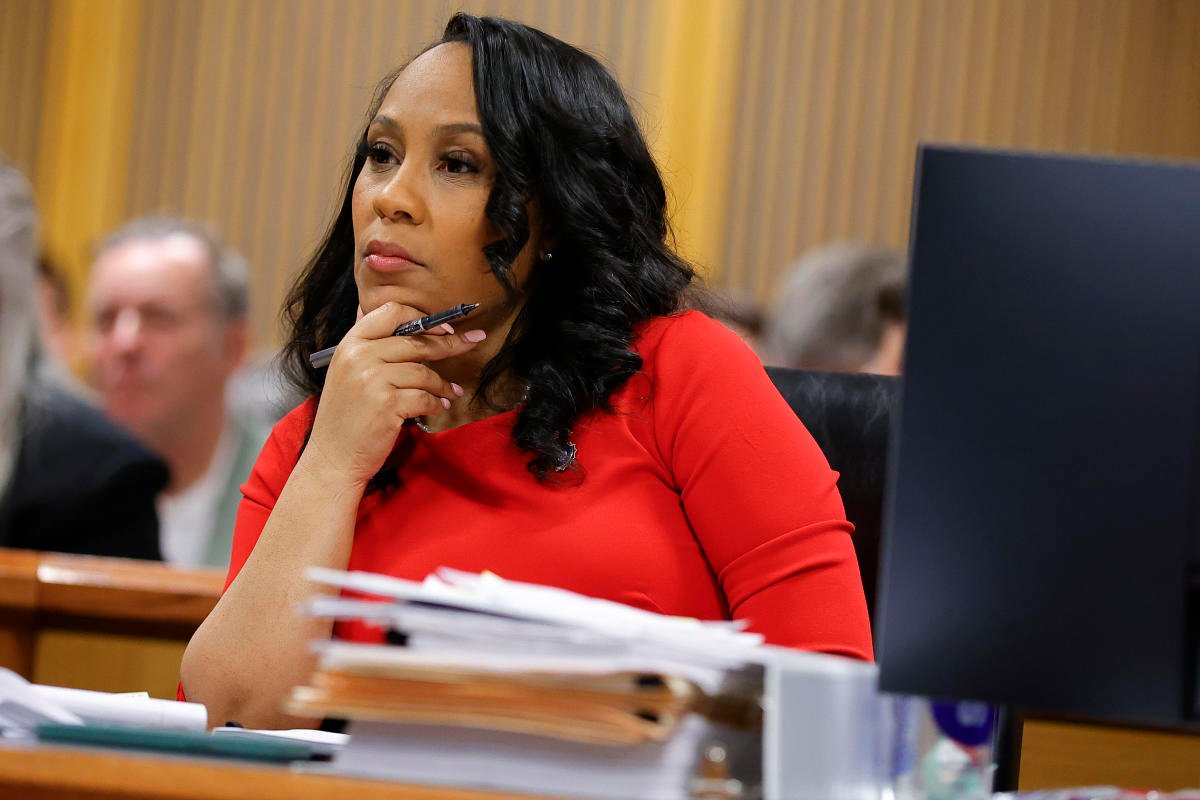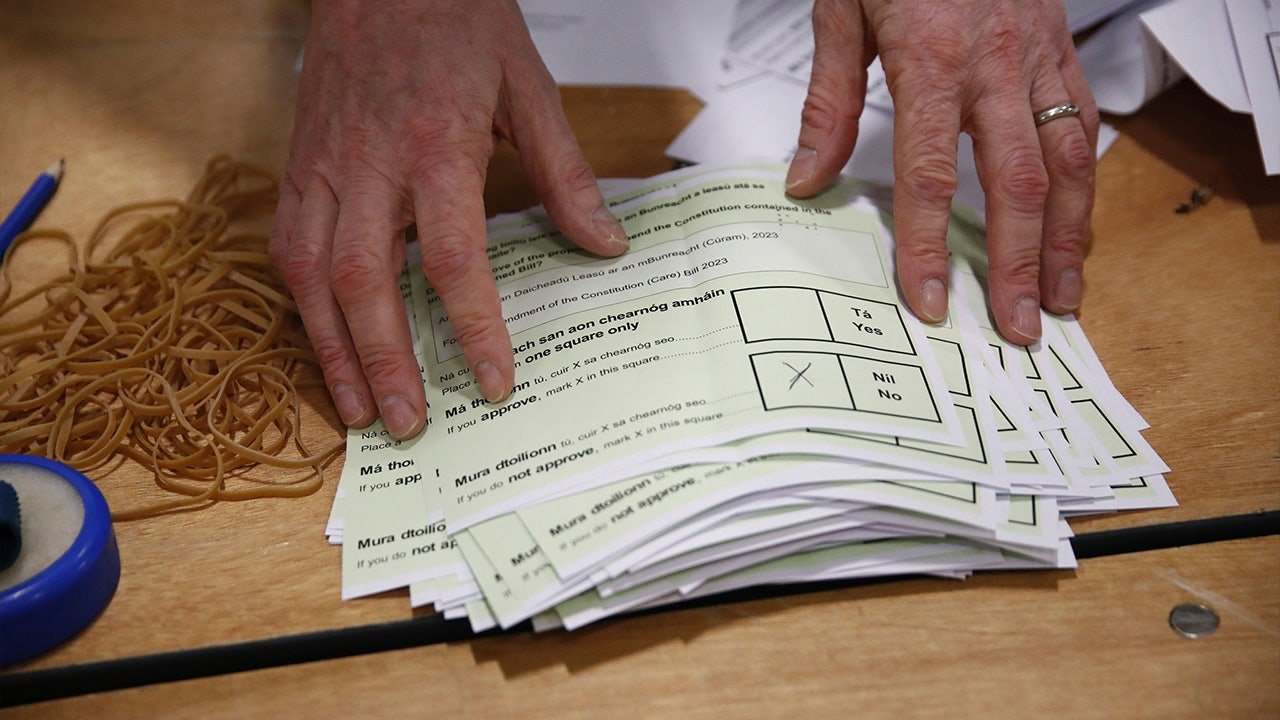When Lytton First Nation elders George and Sharon Brown fled their family home near the village three years ago, they never imagined their community would remain displaced this long.
“We were scattered all over and we just hurt,” said Sharon Brown.
Only a handful of people have returned to the village after a catastrophic fire reduced Lytton, B.C., to ash on June 30, 2021.
Despite more than $239-million in provincial and federal funding committed to help rebuild, so far only five homes in the village that was home to around 250 people are close to completion, and about 15 building permits have been approved.

According to the press secretary for the Minster of Indigenous Services Patty Hajdu, more than $120 million of that money went to Lytton First Nation to support recovery, plus an additional $1.3 million to fast-track 20 homes and help construct more than 175 homes using the Housing Accelerator Fund.
On top of that, the Insurance Bureau of Canada estimates the Lytton fire cause more than $102 million in insured damage in 2022. Plus Canadian Pacific Kansas City railway committed more than $1 million to help with the rebuild.
‘Where is all that money going?’
On adjacent and nearby reserve lands — where close to triple the village population live — about 36 temporary trailers were set up to temporarily house about 50 people.
But hundreds of people remain displaced, asking why Lytton hasn’t recovered at the pace of other towns impacted by wildfires, such as in the Shuswap area. The community services about 2,500 people who live around it.
B.C. Auditor General Michael Pickup is investigating how provincial recovery money — more than $41 million — was spent and why the rebuild is taking so long. That report is due Sept. 1.
Three years after a wildfire destroyed most of Lytton, B.C., only a handful of homes and businesses have been rebuilt, and many residents are still displaced. The rebuilding has faced delays because of tougher building codes and the discovery of Indigenous artifacts on some properties.
Lytton First Nation spiritual leader Nkixwstn James spoke out at a recent meeting, asking: “Where is all that money going?”
She was told millions were spent removing debris and sifting soil for archaeological artifacts. She says she refused to let them sift her lot, and refused a government offer of $80,000 to buy her land.
“They wanted the artifacts. I told them, that is my ancestors’,” she said. “You cannot take it.”
For James, at almost 80, the wait to return home has taken a toll. She’s moving to a senior’s residence in Chilliwack. B.C.
A mayor with a mission
Lytton’s Mayor Denise O’Connor says it’s heartbreaking to lose any community members.
“Lytton is an extremely small tight community. The village that was burned out is seven blocks long. So to lose even one makes a huge impact,” she said.
O’Connor, who took over in 2022, says she hopes Lytton’s recovery experience sounds alarms for other communities facing disasters. Record levels of recovery funding was quickly drained, with little rebuilding to show for it.
In 2023 The Village of Lytton payed out more than $12 million for excavation and debris cleanup to Matcon Environmental Ltd., $1.6 million to AEW for archeological work and more than $1 million to Teranis Consulting Ltd., which specializes in providing First Nations with environmental consulting services related to contaminated land investigation and remediation. Collier’s Project Leaders were paid more than $300,000 that year to help oversee recovery.
O’Connor says Lytton — a tiny community that lost everything from the town hall and its records to the RCMP station — needed far more experienced organizational support to handle the many aspects involved in its rebound efforts.
And she says it stings that Prime Minister Justin Trudeau has never even visited, while residents still have to drive an hour away to even get groceries.
Why construction is delayed
Those who had insurance and started trying to rebuild have faced unique hurdles.
Lytton sits at the confluence of the Fraser and Thompson Rivers, and is one of the oldest continuously inhabited settlements in North America.
“We knew that we were walking on the bones of our ancestors. Lytton is a storied place,” said John Haugen, historian with the Lytton First Nation.
He says early maps showed how buildings were constructed on burial grounds. After the fire artifacts began to show up, after soil was hauled away.
In B.C. all archaeological sites are protected under the Heritage Conservation Act. Potential dig sites can’t be touched without permit, after being assessed. In Lytton, assessments are being done by a company called AEW, with links to the Nlaka’pamux Nation Tribal Council.
Some residents have received estimates or invoices for thousands of dollars for archaeological monitoring or work. Reserve land is federal, so exempt, the mayor says. Archaeological work, however, is not covered by insurance.
Some residents are refusing to let archaeologists on their properties, for fear of costs. And all this is stirring tensions, between First Nations and non-Indigenous residents frustrated with delays.
“I felt I sort of sense that they were blaming the First Nations, that we had asked for this. This heritage, assessment and that included, archaeology is a government program. They do this with all disasters,” said Lytton First Nation elder Sharon Brown.
Building permits also take time, given updates to the provincial building code that went into effect this spring.
“People don’t expect the timeline in terms of what it takes for insurance to process their claim. And then and it’s probably not as much insurance as it is the bureaucracy within the provincial governments wanting to do this right,” said Dan Wollf, founder of Legacy Pro Contractors, who is putting the finishing touches on one of the first homes to rise again in town.
There’s also a federal grant program only offered to property owners who rebuild meeting Net-Zero and fire resiliency standards. That creates added costs as trained contractors are in demand, and charge a lot.

Moving forward
Retiree Ken Pite has been camping in a trailer in an orchard across the Fraser River from Lytton, watching the lack of progress on the other bank.
“I think already little municipalities are making darn sure that what happened when the disaster happened here doesn’t happen if disaster hits their town,” said the retired shop teacher.
As for the archaeological finds, he says he believes it’s unfair people who have lost homes are being saddled with that cost.
“If the B.C. government thinks it’s that important to do this scale of archaeology work after a disaster then they should foot that bill for that entire amount,” said Pite.
Finding hope
Seeing the first rebuilds take shape is helping spirits, says Lytton First Nation Chief Niakia Hanna.
“There’s still sadness,” said Hanna. “But people are starting to feel some hope.”
For the Browns, the stress of losing their uninsured family home was overwhelming. They were shunted between Lower Mainland hotels for a year, finally returning to a temporary trailer in 2022.
George Brown said he missed Lytton, where all his neighbours wave.
“That was the hardest part. Thousands of people around. Nobody to talk to,” said the elder.
Now, the couple of 54 years wait. They are confident Lytton will rise again.
Construction is expected to start on their replacement home by fall.











